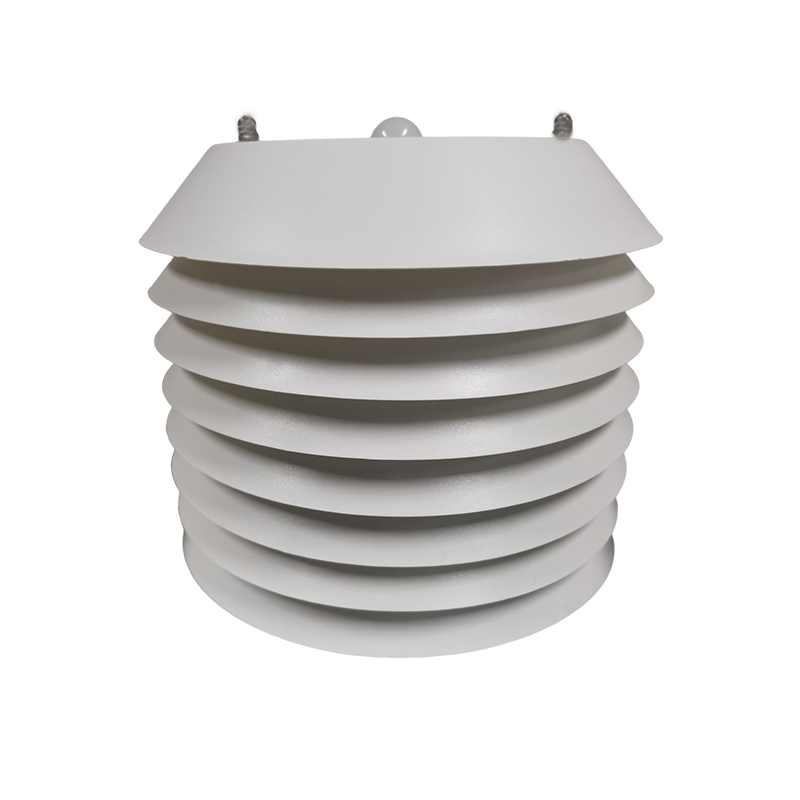

— Products —
 Consumer hotline +8618073152920
Consumer hotline +8618073152920 WhatsApp:+8615367865107
Address:Room 102, District D, Houhu Industrial Park, Yuelu District, Changsha City, Hunan Province, China
Weather Stations
Pyranometer Solar Radiation Sensors can be used to measure the spectral range of 0.3-3μm total solar radiation, if the induction side down can measure the reflected radiation, plus shading ring can also measure the scattered radiation.Solar radiation research: solar radiation sensors are important in solar physics research. By measuring solar radiation in different bands, it can provide insight into the energy spectrum characteristics, activity cycles and radiation energy di···
Tel/WhatsApp:+8615367865107
Email:Arvin@niubol.com +Nearly 100 partner company in more than 68 countries. We are committed to providing high-quality, practical products to meet your needs and help you solve problems.Product Details















Pyranometer Solar Radiation Sensors can be used to measure the spectral range of 0.3-3μm total solar radiation, if the induction side down can measure the reflected radiation, plus shading ring can also measure the scattered radiation.
The core device of the radiation sensor is a high-precision light-sensitive element, which has good stability and high precision; at the same time, a quartz glass cover made of precision optical cold processing is installed outside the sensing element, which effectively prevents the environmental factors from affecting its performance.
Pyranometer Solar Radiation Sensors can be widely used in meteorology, energy, agriculture, construction and other fields.
A solar radiation sensor (pyrometer) is an instrument used to measure the intensity and energy spectrum distribution of solar radiation. It can help us to understand the effects of solar radiation on the Earth and human activities and has a wide range of applications in several fields. The following is an introduction to solar radiation sensors and the value of their applications:
Introduction to solar radiation sensors (pyrometers):
A solar radiation sensor uses photosensitive devices (e.g., photodiodes, solar cells) to detect and convert solar radiation into an electrical signal. It is usually protected by a housing with a window and can be mounted on a ground station, satellite, spacecraft, or other device. Solar radiation sensors can measure parameters such as total radiation, wavelength distribution, direction and angle of solar radiation.
Solar radiation sensor (pyrometer) application value:
Weather forecasting and climate research: solar radiation sensor is one of the indispensable instruments in meteorological observation. By measuring the intensity and changes in solar radiation, accurate weather forecasting and climate modelling input data can be provided. In addition, solar radiation sensors can be used to assess the effects of global warming, climate change and weather phenomena.
Solar energy utilisation: Solar radiation sensors play a key role in solar energy utilisation systems. It measures the intensity and wavelength distribution of solar radiation, helping to optimise the mounting angle of solar panels and tracking systems to increase the efficiency of solar power generation.
Environmental monitoring: Solar radiation sensors can be used for environmental monitoring and assessment. By measuring the changes and distribution of solar radiation, the radiation environment of the region, the impact of solar radiation on the ecosystem, and the level of atmospheric pollution can be assessed.
Solar radiation research: solar radiation sensors are important in solar physics research. By measuring solar radiation in different bands, it can provide insight into the energy spectrum characteristics, activity cycles and radiation energy distribution of the sun, and provide data support for solar physics research and prediction.
In conclusion, solar radiation sensor (pyrometer) has a wide range of applications in meteorological observation, solar energy use, environmental monitoring, heliophysics research and architectural design and other fields. It can help us better understand the characteristics and changes of solar radiation, optimise energy use and environmental protection, and promote sustainable development.
NBL-W-SRS-Solar-radiation-sensor-instruction-manual-V4.0.pdf
Prev:Pyranometer Solar Radiation Sensor RS485
Next:Carbon dioxide sensor CO2 detection transmitter 4-20mA/RS485 for Greenhouse agriculture and Office
Sensors & Weather Stations Catalog
Agriculture Sensors and Weather Stations Catalog-NiuBoL.pdf
Weather Stations Catalog-NiuBoL.pdf
Related recommendations
 Wind Speed sensor Output Modbus/RS485/Analog/0-5V/4-20mA
Wind Speed sensor Output Modbus/RS485/Analog/0-5V/4-20mA Tipping bucket rain gauge for weather monitoring auto rainfall sensor RS485/Outdoor/stainless steel
Tipping bucket rain gauge for weather monitoring auto rainfall sensor RS485/Outdoor/stainless steel 5-in-1 Temperature, Humidity, Air Pressure, Illumination, CO2 Sensor
5-in-1 Temperature, Humidity, Air Pressure, Illumination, CO2 Sensor 5 in1 Ultrasonic weather stations Atmospheric Pressure Temperature Humidity Wind Speed Direction sensor
5 in1 Ultrasonic weather stations Atmospheric Pressure Temperature Humidity Wind Speed Direction sensor 6 in1 Ultrasonic Weather Station Sensor for industrial & agricultural & environmental monitoring
6 in1 Ultrasonic Weather Station Sensor for industrial & agricultural & environmental monitoring 7 in 1 Ultrasonic Weather Station Sensor for Wind speed,Wind direction,Temperature, humidity, pressure,Illumin···
7 in 1 Ultrasonic Weather Station Sensor for Wind speed,Wind direction,Temperature, humidity, pressure,Illumin···
Screenshot, WhatsApp to identify the QR code
WhatsApp number:+8615367865107
(Click on WhatsApp to copy and add friends)